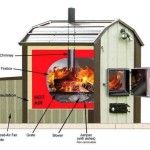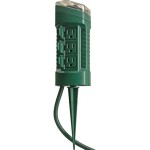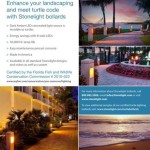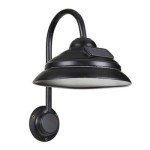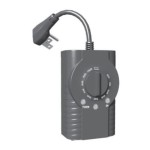Lighting Guide The Outdoor Environment LG06 CIBSE 1992
The Lighting Guide The Outdoor Environment LG06 CIBSE 1992, published by the Chartered Institution of Building Services Engineers (CIBSE), provides comprehensive guidance on lighting design for outdoor spaces. This document serves as a valuable resource for lighting professionals, architects, and anyone involved in creating safe and functional outdoor environments. It covers various aspects of outdoor lighting, including design considerations, lighting techniques, and recommendations for specific applications.
Understanding the Objectives of Outdoor Lighting
LG06 emphasizes the diverse objectives of outdoor lighting, encompassing functionality, safety, security, and aesthetic enhancement. Proper lighting design aims to illuminate pathways, enhance visibility, deter crime, and create visually appealing environments. The guide highlights the importance of considering the specific needs of each space and tailoring lighting solutions accordingly.
For instance, pathways and pedestrian areas require adequate illumination to ensure safe movement and prevent accidents. Security lighting, on the other hand, focuses on deterring criminal activity by providing visibility and discouraging potential threats. Aesthetics play a crucial role in public spaces, with lighting used to enhance architectural features, create ambience, and highlight landscape elements.
Key Design Considerations for Outdoor Lighting
LG06 outlines a range of design considerations that are essential for successful outdoor lighting projects. These include:
1. Site Analysis and Context
A thorough site analysis is crucial for understanding the specific requirements of the outdoor space. This involves considering factors such as the surrounding environment, existing lighting levels, pedestrian traffic patterns, and the presence of sensitive features, such as trees or historical structures.
2. Light Levels and Distribution
The guide provides recommendations on appropriate light levels based on the type of space and its intended use. It also discusses different light distribution patterns, including direct, indirect, and diffused lighting, and their impact on the overall lighting effect.
3. Light Source Selection
Selecting the right light source is essential for achieving the desired lighting effect and maximizing energy efficiency. LG06 covers a wide range of light sources, including traditional incandescent lamps, fluorescent lamps, high-intensity discharge (HID) lamps, and LED lighting.
4. Glare Control and Light Pollution
Glare can cause discomfort and impair visibility, while light pollution can have negative environmental impacts. LG06 emphasizes the importance of proper shielding and aiming of luminaires to minimize glare and light pollution. This involves carefully selecting luminaires with appropriate shielding and directing the light downwards to illuminate the intended areas.
Specific Lighting Applications
LG06 provides guidance for various outdoor lighting applications, including:
1. Streets and Roadways
Lighting roadways and streets necessitates careful consideration of visibility, safety, and energy efficiency. The guide recommends using high-mounted luminaires with appropriate light distribution patterns to ensure adequate illumination for drivers and pedestrians. This helps improve road safety and visibility at night.
2. Pedestrian Areas and Public Spaces
Lighting for pedestrian areas and public spaces aims to provide a safe, pleasant, and inviting atmosphere. The guide suggests incorporating different lighting techniques, such as decorative lighting, accent lighting, and ambient lighting, to create a welcoming environment and enhance the visual appeal of the space.
3. Security Lighting
Security lighting plays a crucial role in deterring crime and enhancing safety. The guide recommends using high-intensity lighting, such as floodlights or spotlights, to illuminate areas that are prone to security risks. It emphasizes the importance of proper placement and aiming to ensure effective coverage and deter potential threats.
By adhering to the principles and recommendations outlined in Lighting Guide The Outdoor Environment LG06 CIBSE 1992, lighting professionals can design and implement effective and sustainable outdoor lighting solutions. This document serves as a valuable resource for creating safe, functional, and visually appealing outdoor environments that meet the diverse needs of users and enhance the quality of life in our communities.

Cibse Lighting Guide Lg6 1992 The Outdoor Environment Unknown Author 9780900953538 Abebooks

Lighting Guide 06 The Exterior Environment 2024 Cibse

Cibse Lighting Guide Lg6 1992 Quot The Outdoor
Lighting Guide 6 The Exterior Environment

Lighting Guide 6 The Exterior Environment Room
Lighting Guide 6 The Exterior Environment
Untitled
Lighting At Work

Top 10 Books About Lighting Design Standards
Lighting At Work
Related Posts
